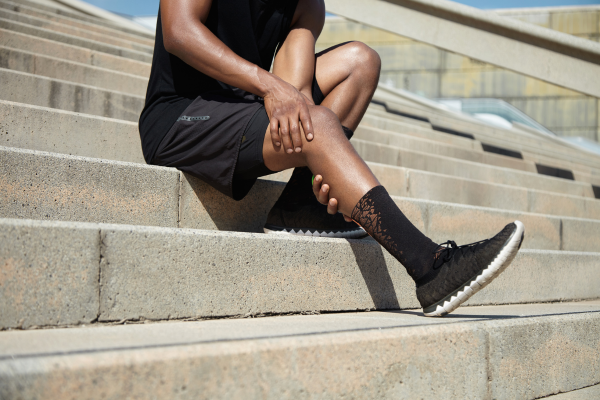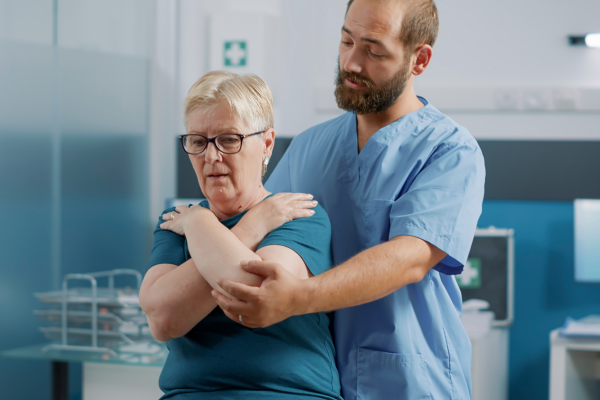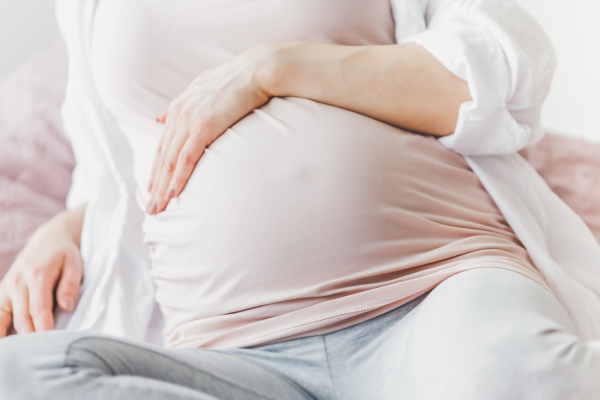If you are suffering from pain or restriction when moving your joints, then one very common cause could be arthritis. In the UK, millions of people have arthritis or similar conditions, which affect their joints. Arthritis is common in people of all ages, including children.
Types of Arthritis
There are more than one hundred types of arthritis and related conditions. Osteoarthritis and rheumatoid arthritis are the two most common types.
Osteoarthritis (OA) is the most common type of arthritis in the UK, and often develops in people in their mid-forties or older. It can damage almost any joint but mainly occurs in the hands, spine, hips, and knees. OA initially affects the smooth cartilage lining of the joint, making movement more difficult than usual, which can result in pain and stiffness.
Rheumatoid arthritis (RA) is less common than OA, and often starts earlier, when a person is in their thirties. Women are more likely to be affected than men. RA is a result of the body’s immune system targeting affected joints, which leads to pain and swelling.
Symptoms of Knee Arthritis
Knee arthritis symptoms include pain, stiffness, tenderness, and a reduced range of knee movement. Sometimes inflammation is visible. Symptoms may be progressive over time, or come and go with no apparent pattern. Severe knee arthritis can result in chronic pain, making daily activities such as climbing the stairs painful.
Common symptoms of knee arthritis include:
- Stiffness of the knee joint, after walking, standing, or sitting for a long period of time.
- Decreased flexibility and range of movement.
- Swelling and inflammation around the knee.
- Chronic or recurrent pain.
Arthritis is not the only condition that can cause these symptoms, so correct diagnosis by a qualified practitioner is important.
Does exercise help Arthritis?
It may seem counterintuitive, but gentle exercise of the affected joints has many benefits, increasing blood flow to the surrounding tissues, lubricating joints, and building surrounding muscle strength. A scientific paper looking at the impact of exercise for knee arthritis across 365 participants concluded:
“..Persons with osteoarthritis of the knee had modest improvements in measures of disability, physical performance, and pain from participating in either an aerobic or a resistance exercise program. These data suggest that exercise should be prescribed as part of the treatment for knee osteoarthritis.”
It is important that the right exercises are done, tailored to an individual’s need. This will ensure that a problem is not made worse. The best way to do this is to book a one-to-one session with a qualified osteopath.
Simple exercises to help with Knee Arthritis
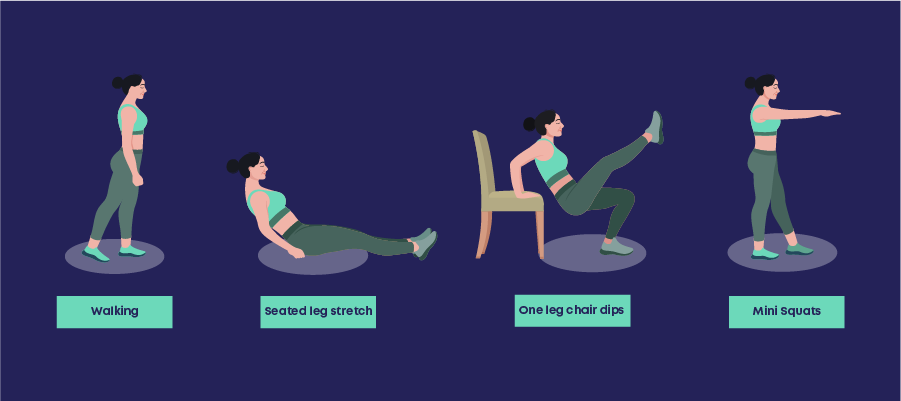
Walking
It might surprise you, but walking is a great exercise for someone with knee arthritis, so long as you do it properly. Here’s what to do:
1. Warm up the muscles with some gentle exercises and movement (see below). This will help prevent injury when you start your walk.
2. Wear appropriate footwear. Your shoes should be comfortable, supportive and give your legs the stability you need. Comfortable flat shoes, such as trainers, are fine for most surfaces.
3. Choose an appropriate walking surface. Find a nice even and firm surface, such as a path or track, which includes a gentle incline. Avoid rough or uneven terrain which might jar your knee joint.
4. Take it easy! Start off with short or moderate walks at a comfortable pace. Building up slowly is the best way to strengthen joints without causing damage.
5. Wait until your knee feels at its best. There may be a time of day when your knee feels at its best, in which case that’s the time to go for a walk. If your knee feels sore from a previous activity, allow it to rest and recover.
One last option for walking is to do it at the shallow end of a swimming pool! Your buoyancy will help relieve some of the weight on the joint, and the added resistance can help with muscle strengthening.
Seated leg stretch
The aim of the seated leg stretch is to promote movement and strengthen your quadriceps, which can help support your knee. The stretch should be done slowly and gently, stopping if you feel a sharp or excess pain.
1. Sit on the floor with your legs together and outstretched in front of you. Use your arms to stabilise you and keep your back as vertical as possible.
2. Keeping your heel on the floor, gently bring it back, bending one knee until it feels stretched, but not painful.
3. Hold your leg in that position whilst you count to five, then slowly return it to the starting position.
4. Repeat with the other leg, counting to five, as before.
5. Repeat steps 1-4 above, up to twelve times, or until you tire.
One leg chair dips
This exercise aims to strengthen the muscles at the front and back of your thighs, as well as your buttocks. Strengthening these muscle groups will help protect the knee joint when it comes to day-to-day activity.
1. Stand next to a chair or table, and hold onto it with one hand for support.
2. Slowly extend one leg about 12 inches out in front of you.
3. Keeping your back straight, bend the other leg to lower your body a few inches, as if you were about to sit in a chair.
4. Hold for the count of five, then slowly straighten your bent leg, returning the raised leg to the ground.
5. Turn around and repeat with the other leg, using your other hand for support.
6. Repeat steps 1-5 up to six times, or until you feel tired.
Mini squats
Another exercise for your thighs and glutes is the mini squat. The movements should be slow and gentle, and not result in any pain, though you may feel your muscles being used!
1. Stand upright with your feet slightly apart and stretch your arms out in front of you.
2. Keeping your back straight and chest lifted, slowly bend your knees and push your buttocks out, until you are in a semi-sitting position.
3. With your feet flat on the floor, hold the position for a five count, then slowly stand back up.
4. Repeat steps 1-3 for up to ten repetitions, or until you feel tired.
With all these exercises, start off slowly and build up the number of repetitions you do each time.
How can Carl Todd Clinics help?
Here at Carl Todd Clinics, we have highly skilled and trained staff that can help diagnose and treat knee problems, including arthritis. Our qualified osteopaths will be able to create a personal training program, which takes into account your overall health and mobility. If you would like to find out more about how we can help, please get in touch. We would love to hear from you.


